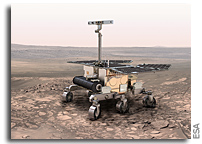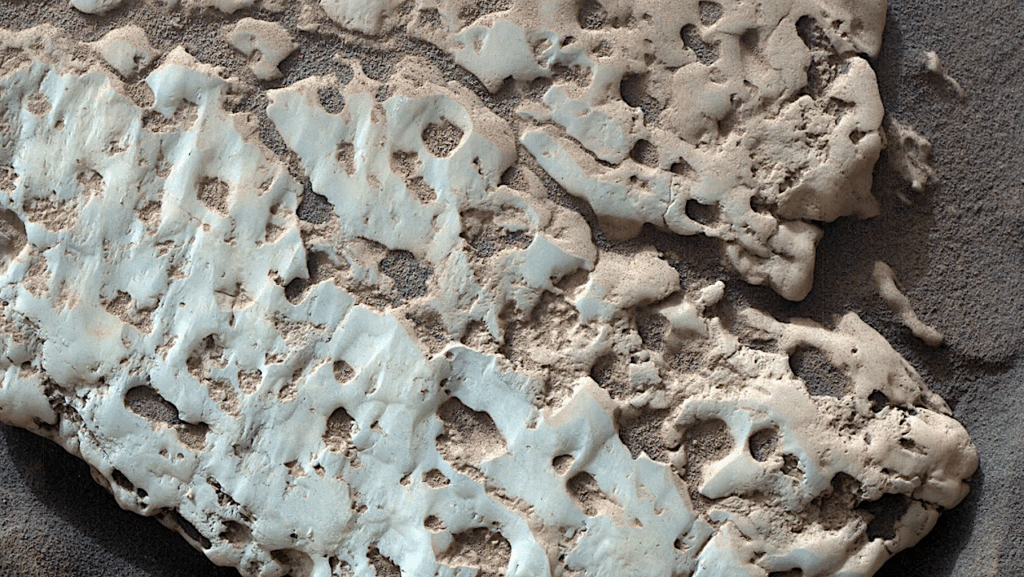ExoMars Can Detect Life That Survives Simulated Environment on Mars

An instrument similar to those used on Earth by art detectives and to sense explosives at airports will be taken into space for the first time by ExoMars, the European Space Agency’s mission to Mars in 2018. This Raman spectrometer will help space scientists to hunt for traces of Martian life.
Astrobiologists, who will be presenting their work at the European Planetary Science Congress (EPSC) 2013 in London on Monday 9 September, have shown that Raman spectroscopy can be used to detect micro-organisms even after they have been damaged by exposure to very high levels of radiation, as is encountered on the Martian surface. Unlike the Earth, Mars has no substantial atmosphere or global magnetic field, and so is completely unprotected against the flood of energetic radiation particles from outer space. This cosmic radiation is a problem for human astronauts, but also for the survival of simple life – or even signs of its previous existence – in the martian ground.
Dr Lewis Dartnell, of the University of Leicester, who will be presenting the results at EPSC 2013 said: “Raman spectroscopy is a wonderfully sensitive and versatile technique. It can reveal details of the minerals inside rocks, and so what the micro-environment for life is, but we can also use it to detect organic molecules and signs of life itself.”
The scientists worked with model bacteria that are representative of the sort of microbial lifeforms that might be expected to have emerged on Mars and used a Raman spectrometer to track how the detectable signal from them changed with increasing exposure to radiation. They found that the Raman spectrometer could clearly detect the presence of carotenoid molecules in the bacteria.
Carotenoids are widely used by microorganisms for protection against harsh environmental conditions and have been proposed by astrobiologists as good biosignatures of life on Mars. After 15,000 Gray of radiation – thousands of times higher than the radiation dose that would kill a human – the tell-tale signature of these cells was still discernible, but was completely erased by a radiation dose ten times that.
“What we’ve been able to show is how the tell-tale signature of life is erased as the energetic radiation smashes up the cells’ molecules,” said Dartnell.
“In this study we’ve used a bacterium with unrivalled resistance to radiation as a model for the type of bacteria we might find signs of on Mars. What we want to explore now is how other signs of life might be distorted or degraded by irradiation. This is crucial work for understanding what signs to look for to detect remnants of ancient life on Mars that has been exposed to the bombardment of cosmic radiation for very long periods of time.”








